Views and opinions expressed in blog posts are those of the individuals expressing them and do not necessarily reflect those of THIRTEEN Productions LLC/The WNET Group.
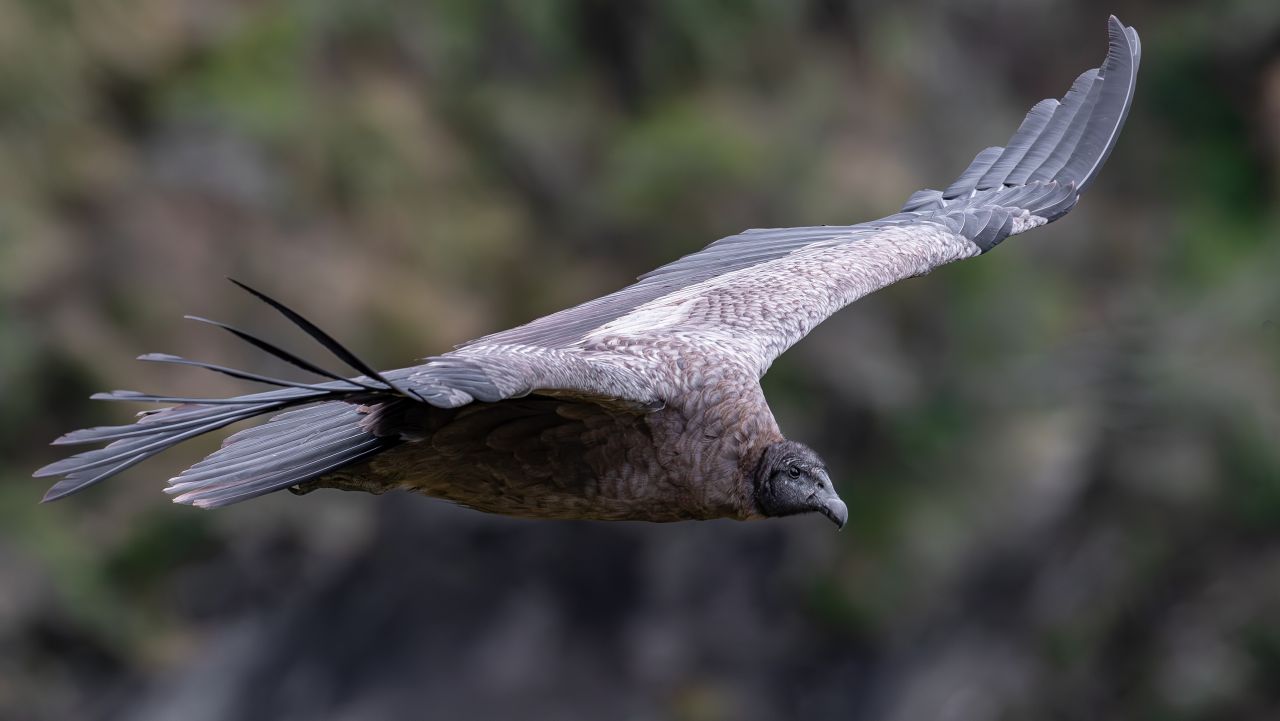
A livestock carcass deliberately poisoned in February 2021 as a retaliatory step intended to kill an unknown predator resulted in the death of 34 Andean condors, Photo credit: Rob Wallace ©WCS Bolivia.
In the gallery of the Bolivian Senate, we held our breath and pinched ourselves as we awaited a potentially huge decision for wildlife in the country. As I scanned the room, my eyes settled on the huge national shield above the politicians, upon which was carved one of the nation’s most revered symbols: the Andean condor. It looked like it was keenly observing proceedings, and I could not help but smile.
The Senate was debating a proposed addition to Bolivian legislation—the National Andean Condor Law. I had been an invited guest with my colleagues Vania Arroyo, Mariana Da Silva, and Ivan Rodriguez from the Wildlife Conservation Society (WCS) in recognition of the technical advice and information we had provided the proposing Senators and the relevant government offices at several stages during a three-year process.
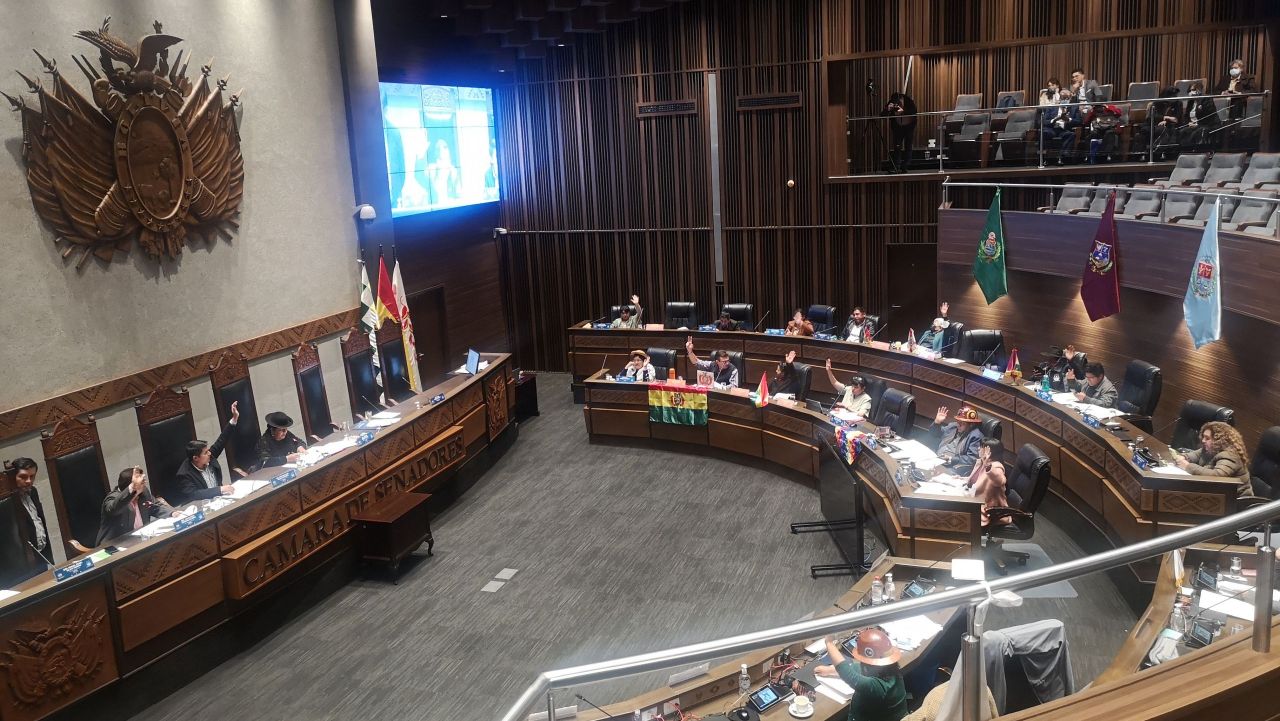
Hanging in the Bolivian Senate chamber above the assembled politicians is a huge shield into which is carved one of the nation’s most revered symbols: the Andean condor. Photo credit: Mariana de Silva ©WCS Bolivia.
It all started in February 2021 during the COVID-19 pandemic, when a tragic poisoning event in the southernmost Bolivian Department of Tarija sparked the interest and concern of several Bolivian politicians, including Senator Rodrigo Paz and the then Vice Minister of the Environment, Magin Herrera.
A livestock carcass had been deliberately poisoned as a retaliatory step intending to kill an unknown predator. The poisoning tragically resulted in 34 dead Andean condors, which left a profound impression on the politicians who participated in the resulting investigation. The sacred Andean icon is especially vulnerable to these poisoning events, as it gathers and feeds in large numbers at carcasses.
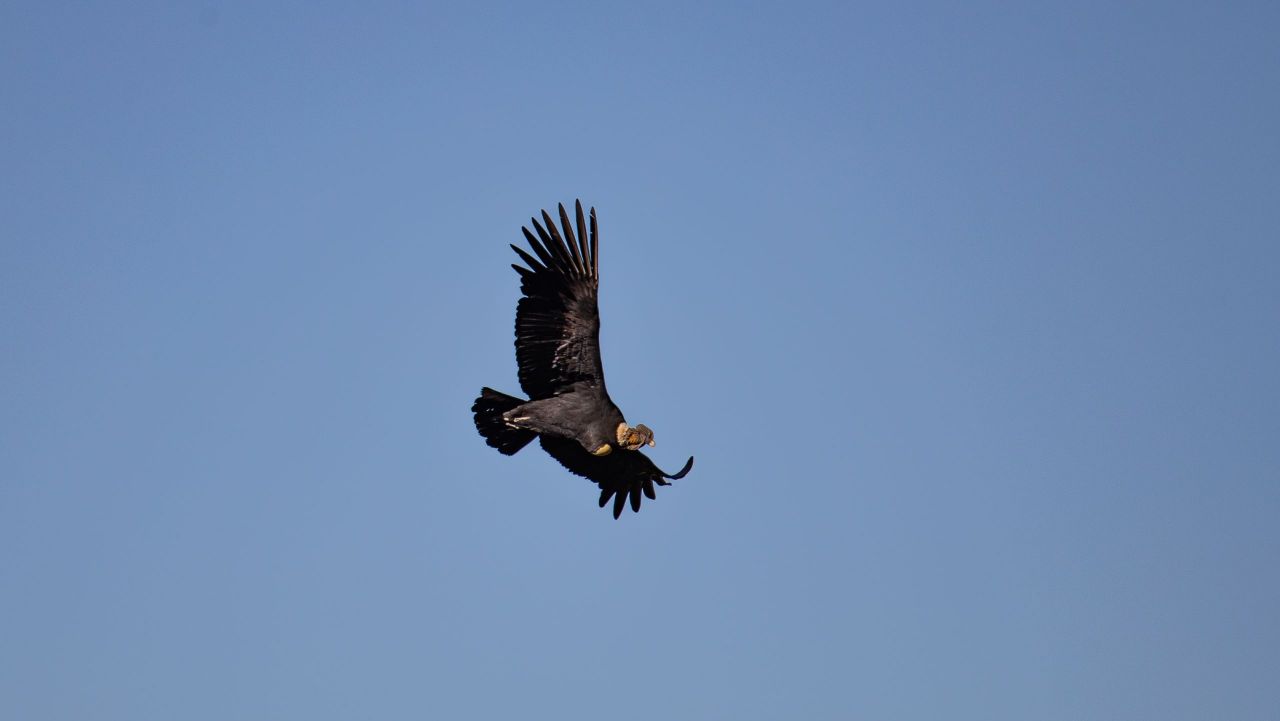
The poisoning of livestock carcasses that the Andean condor feeds on has contributed to its recently being classified as Vulnerable by the International Union for the Conservation of Nature (IUCN). Photo credit: Rob Wallace ©WCS Bolivia.
Largely due to this threat, as well as others such as plastic poisoning, the Andean condor has recently been classified as Vulnerable by the International Union for the Conservation of Nature (IUCN). The classification grew out of a study of this species across its range that I had the pleasure of leading. That work, along with the first National Action Plan for the Andean Condor in 2020 (which WCS also co-authored), demonstrated a need for national and international legislation to help protect this extraordinarily wide-ranging species.
In the immediate aftermath of the poisoning, the Senator and his advisors referred to those efforts in deciding to develop the National Andean Condor Law. The process took almost three years and there was a back and forth through the Bolivian Senate, House of Representatives, and the Ministry—with the stars aligning for the condor on several occasions.
Political differences were put to one side as a cross-party proposal from three Senators—Paz, Virginia Velasquez, and Leonardo Loza—was proposed. When the proposal arrived at Vice Minister Herrera’s desk, he insisted that the law should include teeth to prevent further tragedies for the Andean condor and wildlife in general.
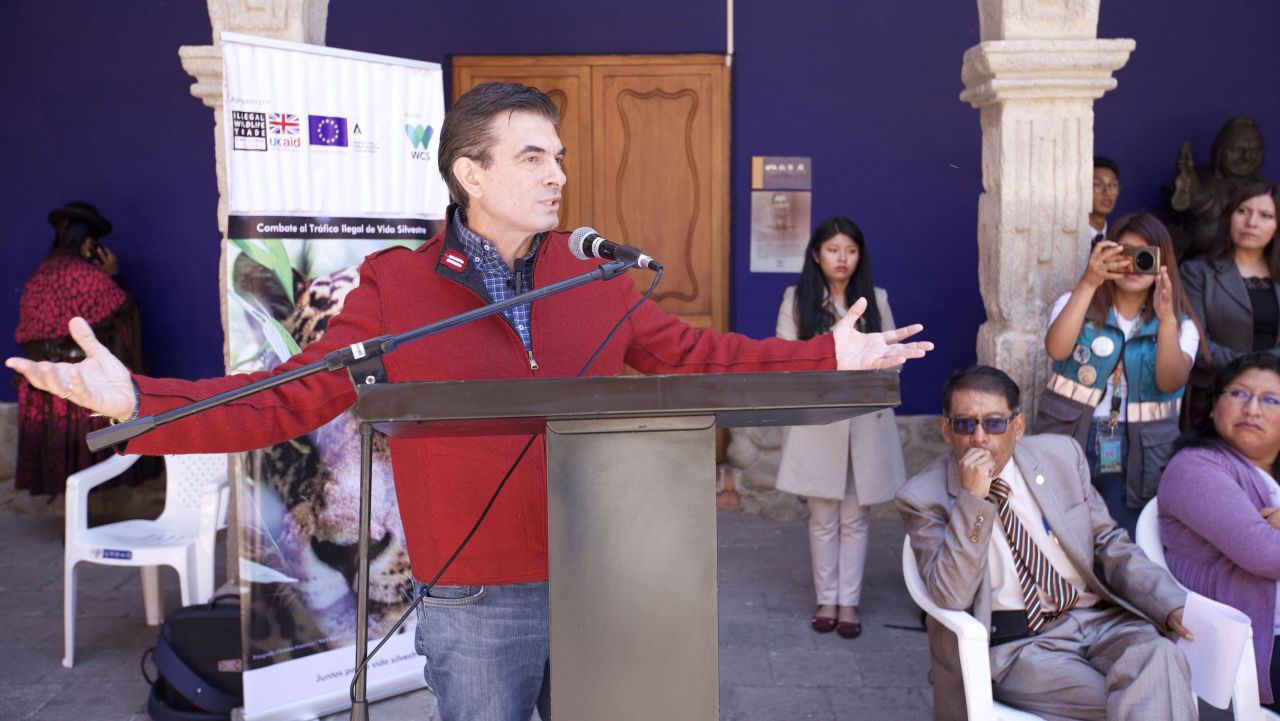
A cross-party proposal from three Senators—Rodrigo Paz (pictured above), Virginia Velasquez, and Leonardo Loza will help to prevent further tragedies for the Andean condor. Photo credit: Diego Im ©WCS Bolivia.
At the time, my colleagues Vania and Ivan were working in the Ministry and were able to help advise on clauses to penalize wildlife poisoning, illegal wildlife trade, and fires in protected areas. After anticipating push-back in both houses, we were pleased to see the law pass unanimously, demonstrating the power of the Andean condor as a representative for all Bolivian wildlife.
In November 2023, the law was passed, and as such, February 4th was the first National Andean Condor Day in Bolivia. A week later, and at the world-famous Oruro Carnaval celebrations, the Ministry of the Environment and Water had banners across the streets reinforcing that reverence and informing the public about the new Andean condor law.
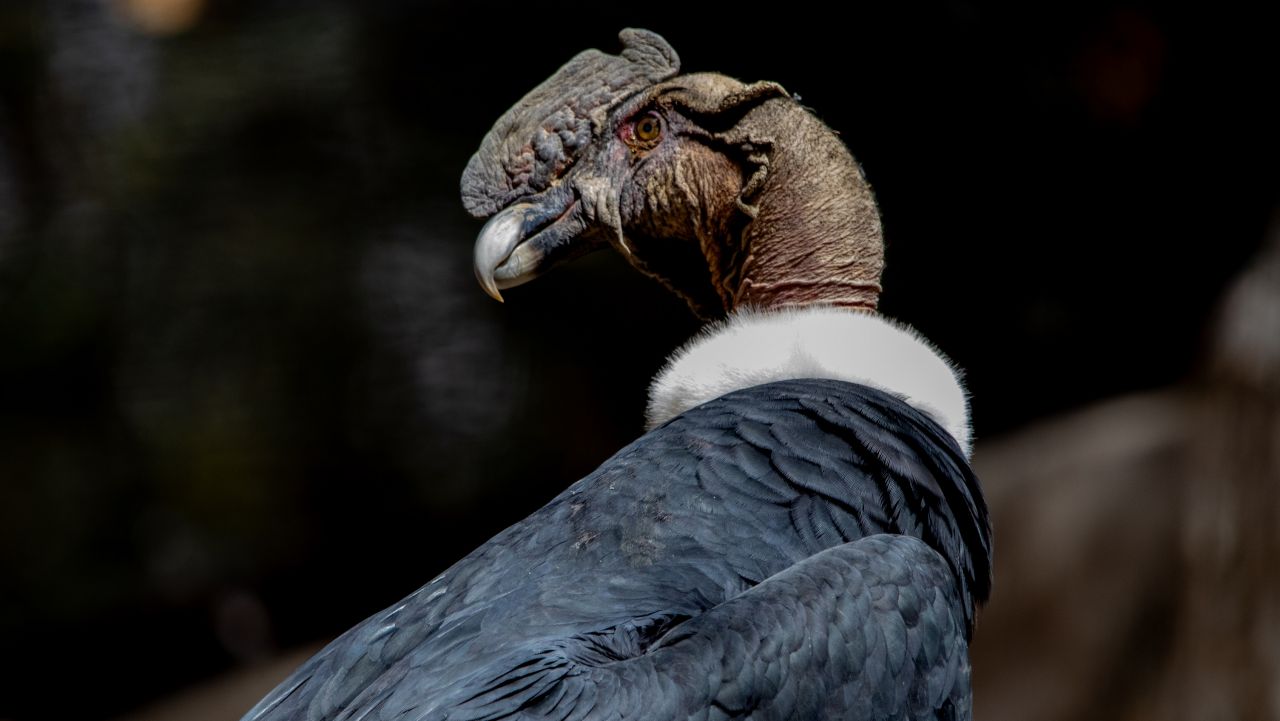
Bolivia celebrated its first National Andean Condor Day on February 4, 2024 with a whirlwind of folk music, costume, and dance. In in a country where around 60 percent of people self-identify as Indigenous, this reverence is the real power of the condor. Photo credit: Diego Im ©WCS Bolivia.
I had the pleasure of participating in the Andean Condor Day celebrations in La Paz accompanying national, departmental, and municipal authorities, as well as Indigenous leaders who revere the Andean condor as the Mallku or the Kuntur—the link between us and the gods above.
As I danced around the ceremonial fire in a whirlwind of Bolivia’s incredible folk music, costume, and dance, I was further reminded that in a country where around 60 percent of people self-identify as Indigenous, this reverence is the real power of the condor.
